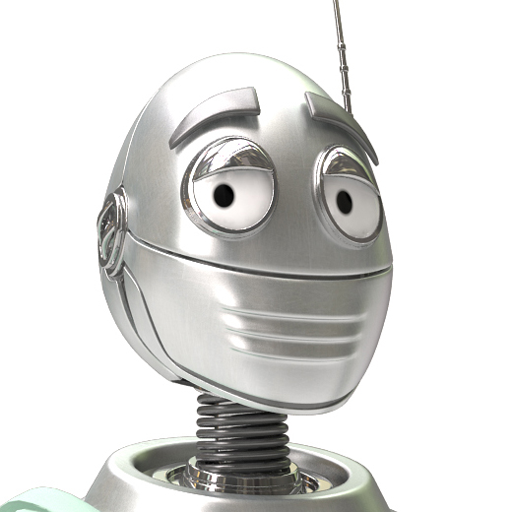Alistair Ballantyne
Junior Member level 2
Hello,
I made a simple LM 386 mono amplifier circuit with an MP3 player and 8 ohm speaker. It worked well.
To create a stereo amplifier I simply made two identical mono circuits and fed right and left jack plug inputs from the MP3 into each circuit, with a common ground.
I was surprised at how good it sounded!
I went online to se if I could improve on this clumsy stereo arrangement and discovered the following circuit.
I cannot get it to work. Before stripping the breadboard down for a third time I thought I would ask for experienced observation on the circuit. My question is should it work?
Also, my limited reading on the LM386 shows pin 3 as positive input and line 2 as negative input. The circuit below throws that on its head for reasons I don’t understand.
Also – is 47k resistance on the input lines not too large?
Is there a better (but beginner friendly) circuit arrangement with either the LM386 or some other op amp?
Appreciate your help.

I made a simple LM 386 mono amplifier circuit with an MP3 player and 8 ohm speaker. It worked well.
To create a stereo amplifier I simply made two identical mono circuits and fed right and left jack plug inputs from the MP3 into each circuit, with a common ground.
I was surprised at how good it sounded!
I went online to se if I could improve on this clumsy stereo arrangement and discovered the following circuit.
I cannot get it to work. Before stripping the breadboard down for a third time I thought I would ask for experienced observation on the circuit. My question is should it work?
Also, my limited reading on the LM386 shows pin 3 as positive input and line 2 as negative input. The circuit below throws that on its head for reasons I don’t understand.
Also – is 47k resistance on the input lines not too large?
Is there a better (but beginner friendly) circuit arrangement with either the LM386 or some other op amp?
Appreciate your help.


